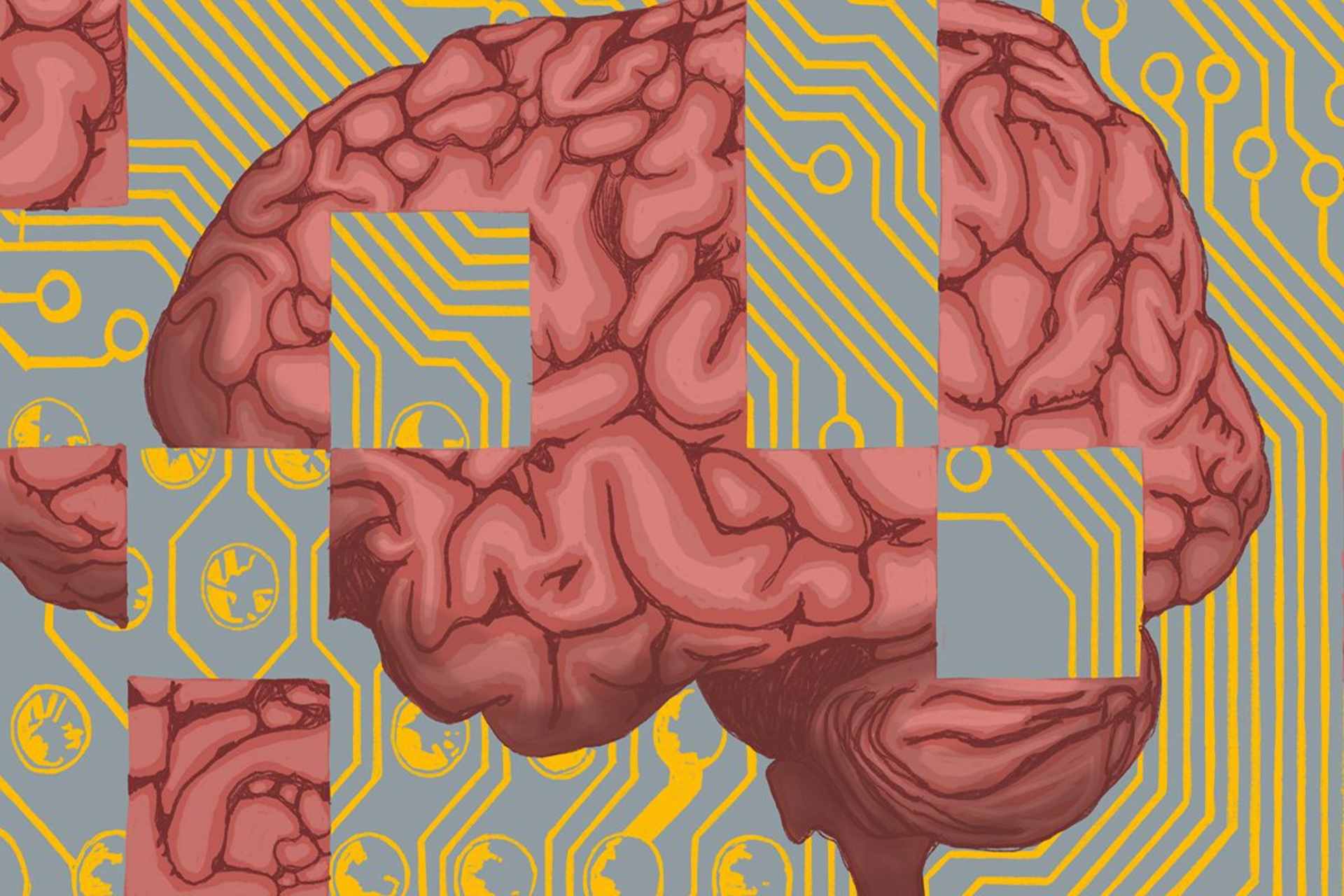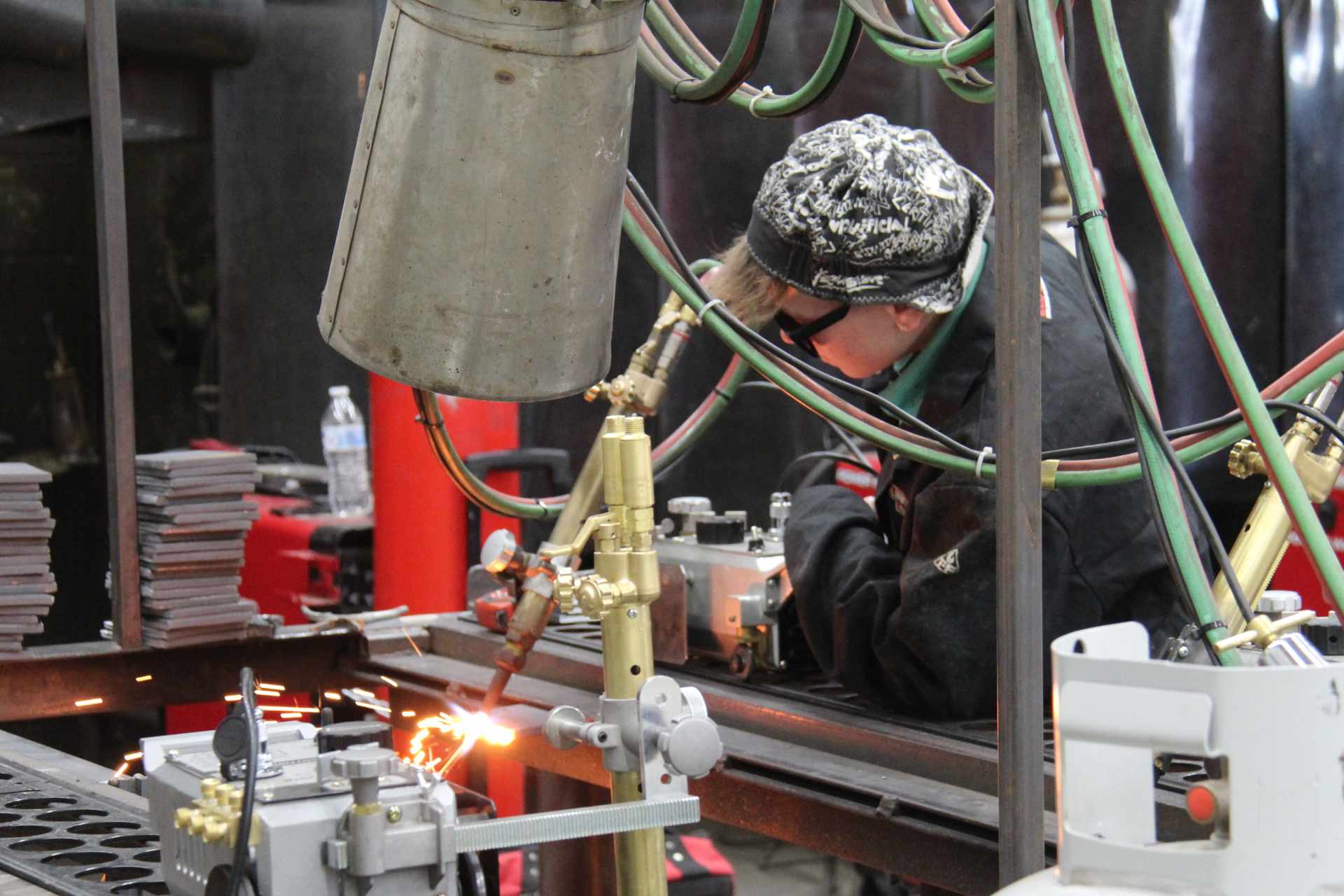MORGANTOWN — Researchers at West Virginia University have identified a set of diagnostic metabolic biomarkers that can help them develop artificial intelligence tools to detect Alzheimer’s disease in its early stages, as well as determine risk factors and treatment interventions.
The study, published in the Journal of the Neurological Sciences, aimed to determine which metabolic biomarkers are most relevant to Alzheimer’s disease and then train an AI model to predict the likelihood of whether the disease has or could develop.
For the research, scientists chose the deep learning method of AI because of its versatile approach for predicting complex biological phenomena and its ability to use vast volumes of data and complex algorithms to train a model.
“The deep learning method using artificial neural networks, which are inspired by the layered structure of the brain’s neurons and their computations, has reached unprecedented prediction performance for complex tasks,” said Kesheng Wang, professor in the WVU School of Nursing, who led the study. “It has been shown deep learning techniques are more accurate for Alzheimer’s disease diagnosis in comparison to conventional machine learning models.”
In medicine, biomarkers are measurable indicators of the severity or presence of a disease. People would most commonly associate them with the numbers on their bloodwork report showing cholesterol or glucose levels, for example.
Metabolic biomarkers exist in the molecules of cells, tissue and body fluids, showing the interaction between genes and lifestyle, such as food choices and environment. At that level, scientists can better understand changes in a person’s health and risks of developing disease.
“Alzheimer’s disease may start years or even decades before clinical symptom onset, therefore it is crucial to identify predictive biomarkers in the preclinical stage so medical science can develop strategies to prevent the progression of the disease,” Wang said.
Early detection of Alzheimer’s disease is also critically important for drug development and application, Wang added, as well as for diagnostic and therapeutic approaches to prevent loss of function and diminished longevity.
For the study, data from the Alzheimer’s Disease Neuroimaging Initiative was obtained from 78 people diagnosed with Alzheimer’s disease and 99 people with normal cognitive function. Participants ranged in age from 75 to 82.
Using LASSO software, researchers imported 150 metabolic biomarkers and selected 21 as most relevant to Alzheimer’s disease.
“The metabolites are part of the glucose, amino acid and lipid metabolisms,” Wang said. “Some of the metabolites are correlated with clinical biomarkers — such as plaques — cognitive measures and hippocampus volume associated with Alzheimer’s patients.”
The hippocampus is the area of the brain which is often damaged first by Alzheimer’s disease and shows shrinkage.
Researchers then tested multiple deep learning models until they were able to build the one that achieved the highest accuracy for assessment.
Wang said studies using deep learning for detecting Alzheimer’s disease are still in the early stages and additional research is needed. He and his team are working on a project to integrate data from proteins and metabolism using deep learning methods.
“The metabolic basis of Alzheimer’s disease is still poorly understood and the relationships between systemic abnormalities in metabolism and Alzheimer’s disease pathogenesis are unclear,” Wang said. “This study shows there is potential to identify metabolic biomarkers that are predictive of Alzheimer’s disease diagnosis and progression.”
















